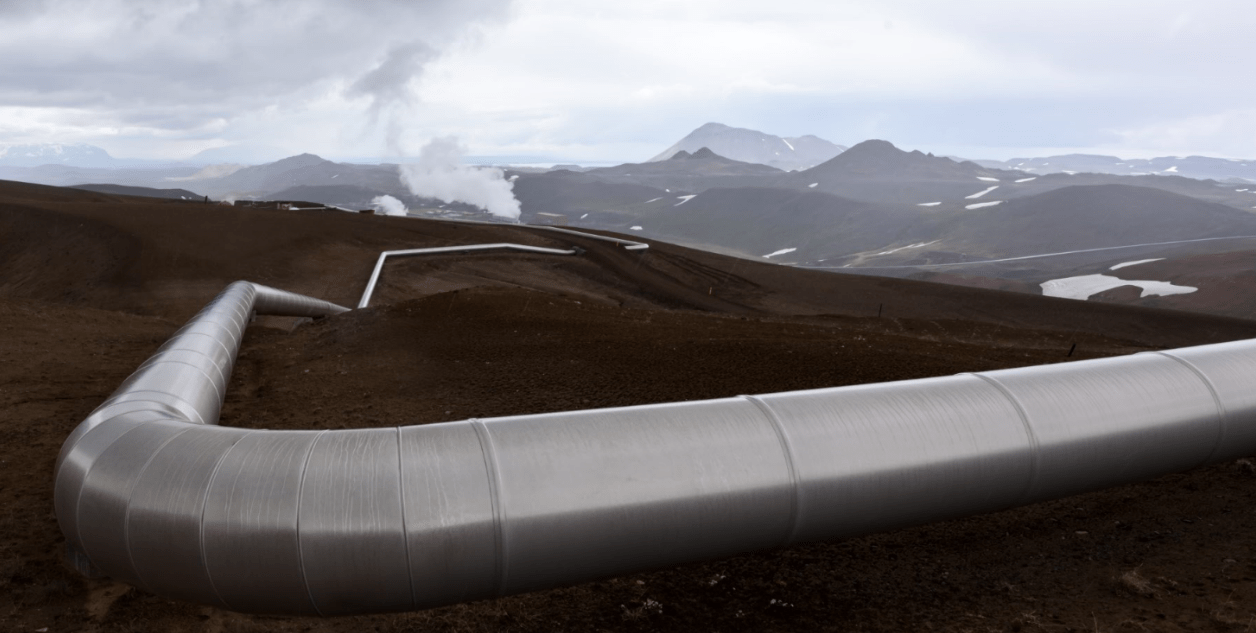Pipes and Piping
It is not possible to learn about flanges without obtaining some basic knowledge concerning pipes, piping systems and pipe sizes. Any examples or references in this section refer to steel pipes, as this material and all its derivatives are commonly used within the chemical and oil and gas industries.
Pipes are the connections that make a piping system possible. Without pipes, a piping system would only consist of a series of unconnected fittings and components (elbows, tees/T-joints, valves etc.). Pipes have a hollow cylindrical shape that allows a fluid to flow through their middle with very little resistance (pressure drop). The body of a pipe forms a pressure boundary separating the process fluid from the external ambient environment.
Although the concept of a pipe is simple, the words ‘piping’ and ‘pipe’ are often used interchangeably, which is incorrect. A pipe is one part of a piping system. Pipes connect one part of a piping system to another e.g. one valve to another, and they may be welded, or seamless (no welds). A piping system consists of many parts e.g. flanges, pipes, fittings etc., with pipes forming only one part the system.

Insulated Steam Pipe
Piping Systems
Piping systems, sometimes referred to as ‘piping’, make the modern world possible. Without piping systems, it would not be possible to transport the huge volumes of gas, oil, and water, that our modern civilisation requires. The movement of fluids from one location to another, in a safe and reliable manner, is critical to all industrial plant processes.
A piping system consists of all components that come into contact with the process fluid, and all associated items needed to support these components. Components that come into contact with the process fluid form a piping system’s pressure boundary, whilst the items supporting these components do not. For example, pipes, flanges, valves, and pressure relief devices (PRDs), form the pressure boundary and are all parts of a piping system. Items needed to support these components e.g. hangers and sliding feet etc. do not form part of the pressure boundary, but are still considered part of the piping system.

Pipe Spring Hanger
Related Online Engineering Courses
Introduction to Steam, Boilers and Thermodynamics
Additional Resources
https://hardhatengineer.com/pipe-class-piping-specifications-pipeend
https://www.unifiedalloys.com/blog/pipe-ends
https://en.wikipedia.org/wiki/Piping
https://en.wikipedia.org/wiki/Pipe_(fluid_conveyance)
https://www.thomasnet.com/articles/pumps-valves-accessories/understanding-pipe-and-piping
